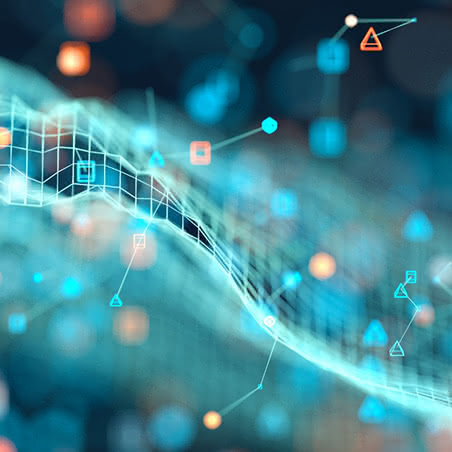Microsoft ends support for Internet Explorer on June 16, 2022.
We recommend using one of the browsers listed below.
- Microsoft Edge(Latest version)
- Mozilla Firefox(Latest version)
- Google Chrome(Latest version)
- Apple Safari(Latest version)
Please contact your browser provider for download and installation instructions.
April 7, 2025
NTT Corporation
Hokkaido University
Co-Creating "Future Primary Industry Model" for Sustainable, Highly Efficient, and High-Quality Production
Hokkaido University and NTT launch vision-sharing joint research to shape the future of primary industries
TOKYO - April 7, 2024 - NTT Corporation (Headquarters: Chiyoda, Tokyo; President and CEO: Akira Shimada; hereinafter "NTT") and Hokkaido University (Sapporo, Hokkaido; President: Kiyohiro Houkin) have launched a vision-sharing joint research project for future primary industries.
In this collaboration, both parties will leverage their respective strengths—such as extensive sensing data, deep learning, and simulation technology—to co-create a sustainable, highly efficient, and high-quality primary industry model. The goal is to implement this model in society, driving innovation in the field.
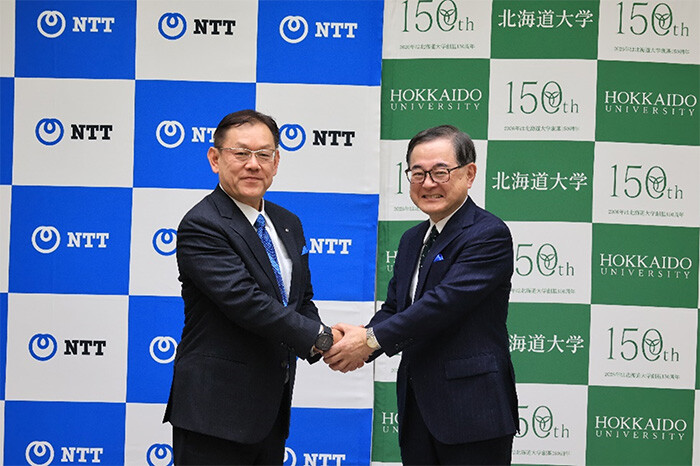
Background
Japan's primary industries continue to face labor shortages due to population decline and aging demographics. For example, in the agricultural sector, the number of farmers is expected to decrease to just one-fourth of the 2020 level by 2050. To maintain the country's food self-sufficiency, agricultural productivity per worker must increase fourfold while ensuring consistent product quality (Figure 1).
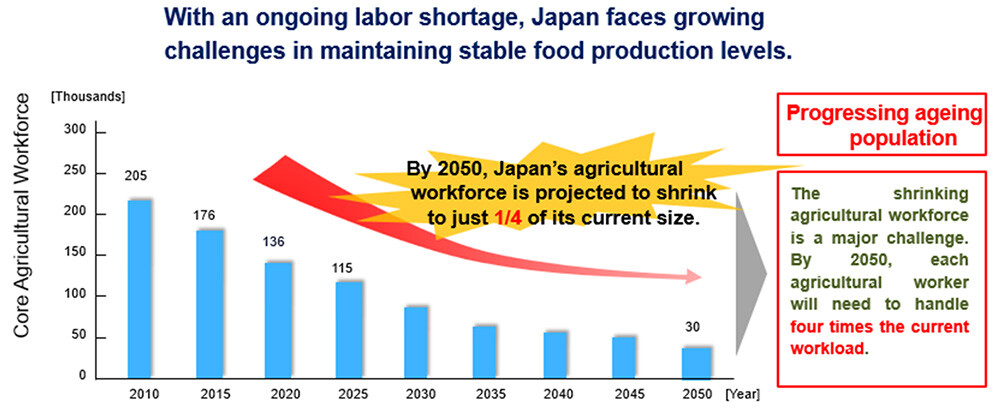 Figure 1 Challenges in Productivity of Primary Industries: The Case of Agriculture
Figure 1 Challenges in Productivity of Primary Industries: The Case of Agriculture
In recent years, global warming has become an increasingly urgent issue. This is primarily caused by the large-scale emission of greenhouse gases such as carbon dioxide. Primary industries also contribute to these emissions.
For instance, in agriculture, nitrous oxide—a greenhouse gas found in chemical fertilizers and pesticides—has approximately 310 times the warming effect of carbon dioxide. Additionally, 50-70% of applied chemical fertilizers evaporate and disperse into the atmosphere, significantly impacting the environment. To ensure the sustainability of agriculture, it is essential to minimize environmental impact by applying only the necessary amount of fertilizers and pesticides in targeted areas. Such measures are crucial across all primary industry sectors to make them more sustainable.
However, addressing these challenges and ensuring the long-term viability of primary industries cannot rely solely on the efforts of industry workers. Recognizing this, Hokkaido University and NTT have established a shared vision: to co-create "Future Primary Industry Model" that enables highly efficient, high-quality, and sustainable production. To achieve this goal, they will collaborate with research institutions across various fields in a joint research initiative.
Vision of the Joint Research Project
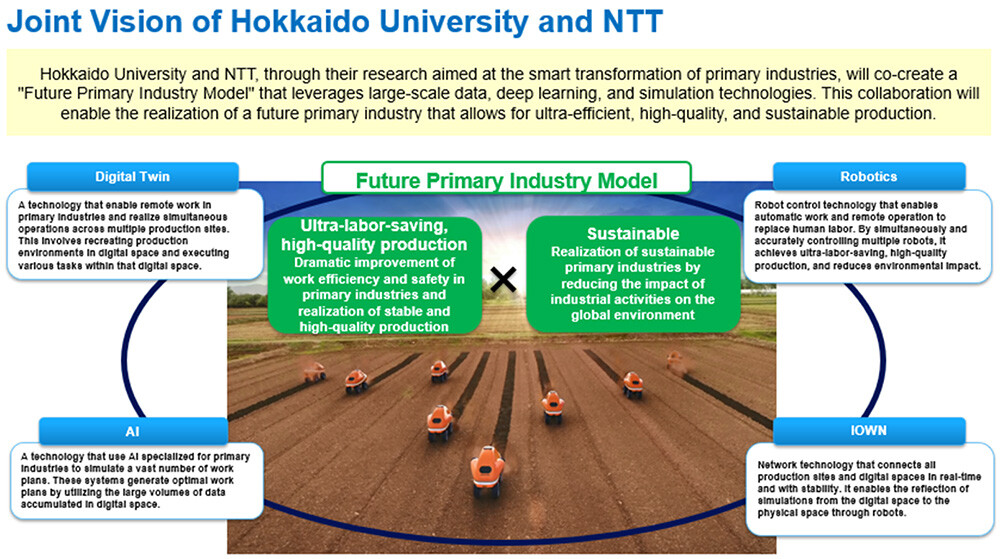 Figure 2 Vision of the Joint Research Project
Figure 2 Vision of the Joint Research Project
In the future of primary industries, the use of large-scale sensing data, deep learning, and simulation technology will enable real-time monitoring and optimal task planning in a digital space—eliminating the need for workers to be physically present on-site. Based on these digital plans, robots will autonomously carry out tasks using minimal resources, ensuring sustainable, highly efficient, and high-quality production.
To realize this future vision of primary industries, it is necessary to develop and integrate key technologies. These include digital twins to visualize the vast amount of sensing data from the field, AI to assist primary industry workers in effectively utilizing digital twins and obtaining optimal simulation results, robotics to faithfully replicate and execute simulation outcomes in the real world, and IOWN to connect digital twins and robotics at ultra-high speed. This will enable real-time feedback from digital twins to address any issues that arise in the physical world, ensuring the continued automation of robotic operations. All these technologies must be researched, developed, and integrated to achieve this vision.
Hokkaido University's expertise in robotics and digital twin technology for primary industries will be combined with NTT's strengths in IOWN1, AI, and digital twin technologies to develop the key technologies needed to achieve our vision.
For fiscal year 2025, we will focus on the agricultural sector, pursuing two research themes aimed at automating farm work in an ultra-efficient and sustainable manner. These initiatives will enable the creation of digital twin farms and the remote monitoring and operation of robotic agricultural machinery to enhance safety and efficiency.
Research Theme (1): Precision Digital Twin Farms for Optimized Farming Simulations with Minimal Environmental Impact
As the area of farmland managed per farmer increases in the future, it will become increasingly difficult for farmers to physically monitor all their fields. To address this challenge, we will develop advanced digital twin technology that enables farmers to remotely oversee their land in real time. Additionally, we will work on high-resolution crop growth simulations by overlaying multiple layers of information onto digital fields. These technologies will facilitate the creation of optimized farm operation plans, minimizing fertilizer and pesticide use and promoting sustainable, environmentally friendly agriculture.
Research Theme (2): Autonomous and Remotely Operated Robotic Farm Machinery to Eliminate On-Site Human Labor
To maximize the efficiency of robotic farm machinery, multiple autonomous vehicles must be remotely monitored and operated from a limited number of control centers. This includes enabling autonomous driving on public roads where other vehicles and pedestrians are present, as well as on farm roads where GNSS signals may be obstructed by windbreaks or other obstacles. In such cases, adaptive remote control will be necessary to ensure stable operation despite fluctuating wireless communication quality. To achieve this, we will develop technology that measures communication quality along different farm routes and feeds this data back into the machine control system, ensuring reliable autonomous and remote operation.
By realizing these two research themes, farmers will be able to manage multiple distant fields remotely through digital platforms, eliminating the need for on-site visits. Furthermore, reducing fertilizer and pesticide use to the absolute minimum will contribute to more sustainable and eco-friendly farming. Additionally, by enabling multiple robotic farm machines to operate simultaneously based on digital instructions, agricultural productivity can be increased several times over.
Joint Research Structure
In this joint research project, Hokkaido University's three research organizations and NTT's three research institutes will collaborate under the following structure.
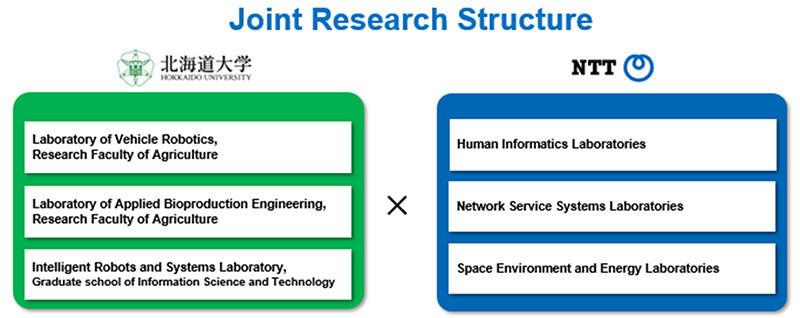 Figure 3 Joint Research Structure
Figure 3 Joint Research Structure
Service Concept to be Realized through Joint Research Results
The joint research project is planned to last four years, with the goal of launching a digital twin platform service for agriculture by 2030. This platform will integrate research outcomes from each theme, enabling farmers to access and simulate various field conditions remotely.
A conceptual illustration is shown in Figure 4. Multiple autonomous drones and multi-robot systems will collect real-time data on actual field conditions, which will then be consolidated at a Smart Agriculture Operation Center located away from the farmland. Using this data, a digital twin farm will be constructed within the platform, allowing users to monitor not only crop growth but also field conditions such as moisture levels, temperature, and weather in a virtual space.
With this platform, farmers will be able to remotely monitor soil conditions, surrounding environments, and crop growth in real time—without needing to visit the fields. Additionally, they can run digital simulations to create optimal work plans that factor in not just cost and labor efficiency but also environmental impact, enabling more sustainable agricultural practices.
By 2030, based on these simulation results, multiple robots and drones—such as robotic tractors and robotic combines—will autonomously operate in the physical world, significantly reducing the need for manual labor. The operation of these robotic systems will be streamed live to the Smart Agriculture Operation Center, allowing remote monitoring.
Furthermore, remote operation of robotic farm machinery requires specialized personnel, making it necessary to train skilled professionals at facilities such as Smart Agriculture Operation Centers. In the future, private agricultural service providers with expertise in digital twin technology could use this platform to manage fields on behalf of farmers, ensuring that even fields beyond a farmer's direct control can be efficiently maintained.
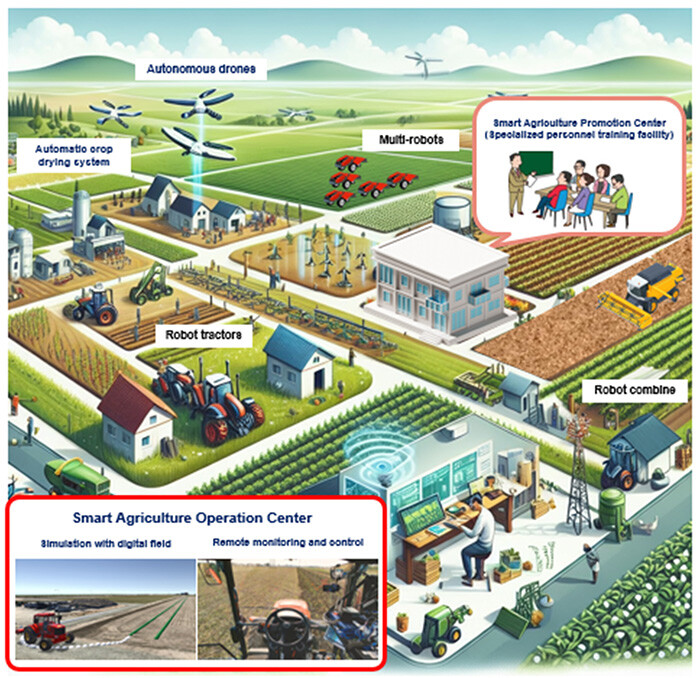 Figure 4 Future Image of Agriculture in 2030 Enabled by Joint Research Outcomes
Figure 4 Future Image of Agriculture in 2030 Enabled by Joint Research Outcomes
Outlook
This joint research project is planned to span four years. In the first year, we will focus on defining performance requirements and collecting various data. From the second year, we will begin building the test environment, and in the third year, we will start evaluating and verifying various technologies using this environment.
While this is a long-term research initiative, the NTT Group will work closely together, aiming to commercialize the developed technologies sequentially from 2030 onward, starting with those that have been successfully completed in each research theme.
[Glossary]
1IOWN
The IOWN (Innovative Optical and Wireless Network) initiative is a concept for networks and information processing infrastructure that optimizes both individual and collective needs based on all available information. It leverages innovative technologies centered around optical systems to provide high-speed, large-capacity communication and massive computational resources, including for devices. For more details, please visit the website below.
■ What is the IOWN Initiative?
https://www.rd.ntt/e/iown/
[Reference]
Released November 16, 2020
"Realizing Autonomous Travel Between Fields and Remote Monitoring & Control of Agricultural Machinery Using Robotic Equipment, 5G, and IOWN-Related Technologies"
https://group.ntt/jp/newsrelease/2020/11/16/201116b.html (Japanese)
About NTT
NTT contributes to a sustainable society through the power of innovation. We are a leading global technology company providing services to consumers and businesses as a mobile operator, infrastructure, networks, applications, and consulting provider. Our offerings include digital business consulting, managed application services, workplace and cloud solutions, data center and edge computing, all supported by our deep global industry expertise. We are over $92B in revenue and 330,000 employees, with $3.6B in annual R&D investments. Our operations span across 80+ countries and regions, allowing us to serve clients in over 190 of them. We serve over 75% of Fortune Global 100 companies, thousands of other enterprise and government clients and millions of consumers.
Media contact
NTT Service Innovation Laboratory Group
Public Relations
Inquiry form
Information is current as of the date of issue of the individual press release.
Please be advised that information may be outdated after that point.
NTT STORY
WEB media that thinks about the future with NTT







